This week, the Marvel Rundown looks at Ultimate Universe #1, which bridges the gap between Ultimate Invasion and Marvel’s ultimate plans for next year. This review is SPOILER-LITE, so scroll down for the Rapid Rundown for some Spoiler-Free reviews of more of the week’s books.
What did you think of this week’s latest Marvel Comics issues, True Believers? The Beat wants to hear from you! Give us a shout-out, here in the comment section or over on social media @comicsbeat, and let us know what you’re thinking.
 Ultimate Universe #1
Ultimate Universe #1
Writer: Jonathan Hickman
Artist: Stefano Casellli
Colorist: David Curiel
Letterer: Joe Caramagna
For the second time in less than five months, we get a new #1 from Marvel’s slowly-reviving Ultimate line, all of which has so far been penned by Jonathan Hickman, who effectively destroyed the Ultimate Universe with his 2015 Secret Wars event. This week’s book is a one-shot, but it really could have been Ultimate Invasion #5, because it seems like a pretty difficult read if you skipped that miniseries.
And if it’s not a continuation of that miniseries (the main difference being here that The Maker, the antagonist of Invasion, is off the board in this book), it’s more a prelude to the new Ultimate Universe stories coming next year. None of this is bad, of course. I read and mostly liked Invasion, and I’m excited about next year’s Ultimate books, which are so far Ultimate Spider-Man by Hickman and artist Marco Checchetto, Ultimate Black Panther by Bryan Hill and Stefano Casellli (who also drew Ultimate Universe #1), and Ultimate X-Men by Peach Momoko, which gets a brief teaser at the end of this one.
It’s really all just to say that I think this comic might fool some into thinking it’s a jumping on point, where it’s more of an in between story to connect the gap between Invasion and the new stuff.
That said, I enjoyed it quite a bit. This new iteration of the Ultimate Universe is really starting to feel like entirely its own thing. It’s not a modernized, alternate Marvel the way the line was originally when it launched to much fanfare in the early ’00s. It does revive some of the plot threads that were ended when that line concluded about eight years ago now, especially those created by Hickman himself, but for the most part, it feels like the point of this new Ultimate Universe is to deliver something new, something with the complex sci-fi sensibilities that have long marked Hickman’s work and made it the most popular interpretation of Marvel over the past decade or so.
This new story really feels more in the lineage of the intertangled Fantastic Four and Avengers runs written by Hickman. Whereas those books took a long-standing superhero trope — worlds colliding and creating death — and played them more seriously than is perhaps typical, this one is doing the same with another idea, the idea that a villain who knew the future could go in the past and essentially stop superheroes from ever becoming heroes, thereby enabling them to control and rule the world.
Yes, the crux of these new Ultimate books so far is that Big Bad The Maker has mostly pulled that off…but at the end of Invasion Howard Stark managed to sort of trap him (not eliminate, but temporarily trap, presumably). With The Maker occupied, the wisps of heroes in this world are doing their best to undo some of the pre-emptive steps he took to keep them from coalescing in the first place. It’s an interesting premise, and it leads to some great set pieces and big moments here, brought to life by Caselli and colorist David Curiel in epic and excellent fashion.
This book also has teases and developments that feel vital for the new stuff coming in 2024. I think it’s a good read, but I do think it’s best served by having read Ultimate Invasion or planning to read the Ultimate books due out next year.
Verdict: BUY, especially if you’ve been following this story so far
Rapid Rundown!
- Spider-Boy #1
- Spinning out of writer Dan Slott’s return to Spider-Man, Spider-Boy #1 follows the adventures of the young arachnid hero, apparently a forgotten Spider-Man sidekick that had been removed from reality. The issue comprises two stories, both written by Slott, who is joined by collaborators including artists Paco Medina and Ty Templeton and colorists Erick Arciniega and Dee Cuniffe as well as letterer Joe Caramagna. The total package is a mess, as is the entire concept of Spider-Boy. The tone is all over the place with slapstick comedy and body horror mixed together. The book’s inability to take itself seriously robs the character of any pathos and the story of stakes. It’s hard to buy into this series when each new threat is a joke and the hero is a whiny child. Both stories in this issue are structured the exact same way: Spider-Boy encounters a gag villain who is one of his forgotten enemies, and then makes a mess of things. The art is solid but doesn’t do much to elevate the weak script. It’s hard to recommend this book, which undermines the Spider-Man concept in general, never gives a reason for why we should care about this new character, and has no definable mission statement. —TR
- Venom #27
- Since its start, this current Venom series has been a strange, experimental title, but that’s not to say it hasn’t been fascinating. A bit of behind the scenes mischief has seen Torunn Grønbekk replace Ram V on the Dylan Brock centered arcs, which has led to the unexpected addition of Black Widow to the title. Combined with the reintroduction of Toxin, it’s clear that Dylan is well on his way to building a contingent of symbiotes to fight against his father… I think. These Dylan arcs have been a bit confusing, both due to where they fall in the schedule and the fact that it’s been difficult to nail down what Dylan’s motivations are. There’s also a significant decompression to this that makes it hard to feel as though the story has moved forward all that much since the last issue. Julius Ohta and Rafael Pimental create some solid action here, but there are moments where it’s washed out by Frank D’Armata’s coloring, and it becomes hard to see what’s going on. Clayton Cowles makes what should be confusing lettering very clear with multicolored balloons to distinguish the symbiotes from one another. I think this will make more sense as time goes on, but I’m not sure how much more time I’m willing to give these Dylan stories. – CB
- White Widow #1
- Not having read a lot of Yelena Belova aka the White Widow, most of what I know about her is from the MCU, a slightly off superspy/assassin, but writer Sarah Gailey and artist Alessandro Miracolo give her a great introduction for readers not familiar with her. White Widow is a quirky fun read that immediately makes Yelena an accessible character as she searches to find her place in the world. Colorist Matt Milla and letterer Travis Lanham add to the look of the book with vibrant playful colors and quirky lettering, she has an opinion board that is a hysterical storytelling device as she moves through the world figuring out what makes her happy and what doesn’t. Widow is a fast-paced ride and I’m all in to see who this character is and who is this mysterious Armament organization that is circling her. – GC3
Next week, the Punisher returns with a new character as the star!


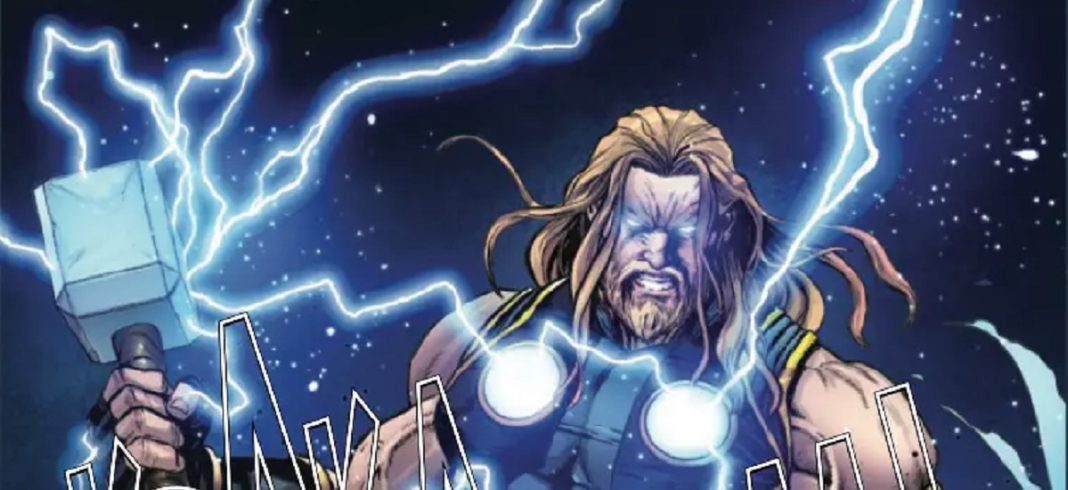
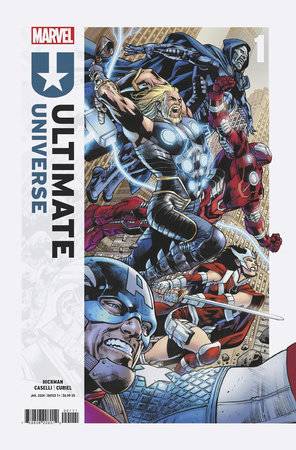
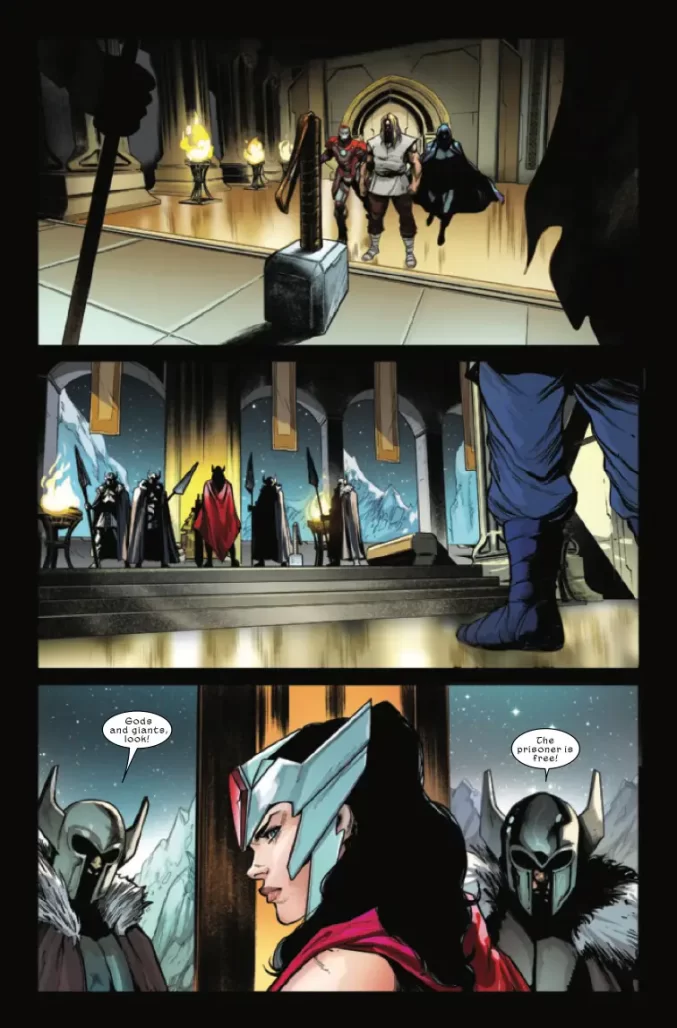
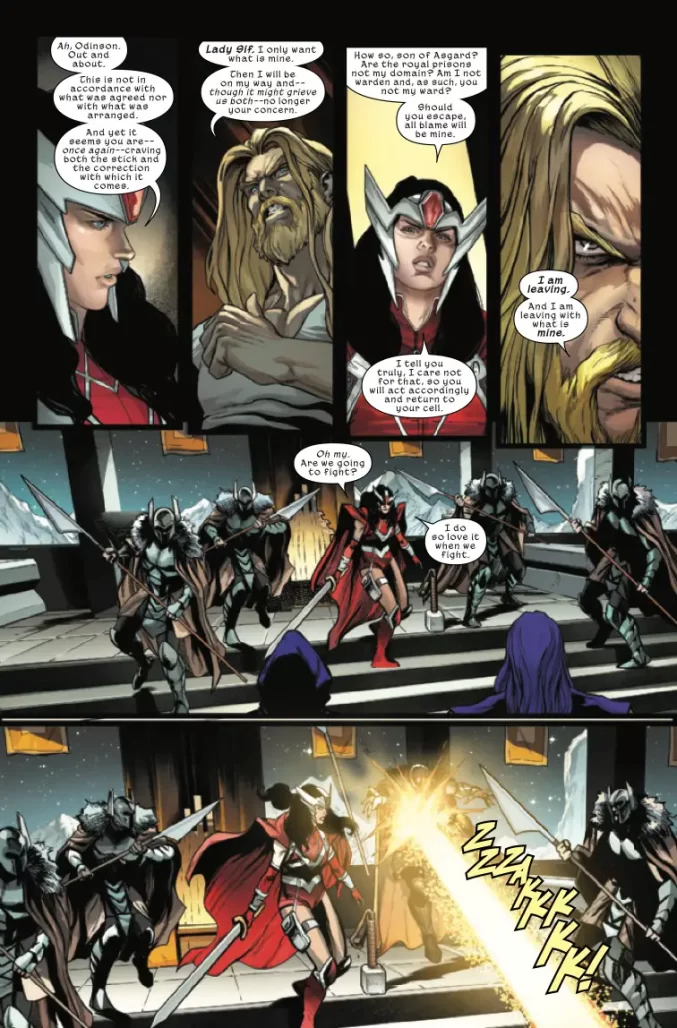
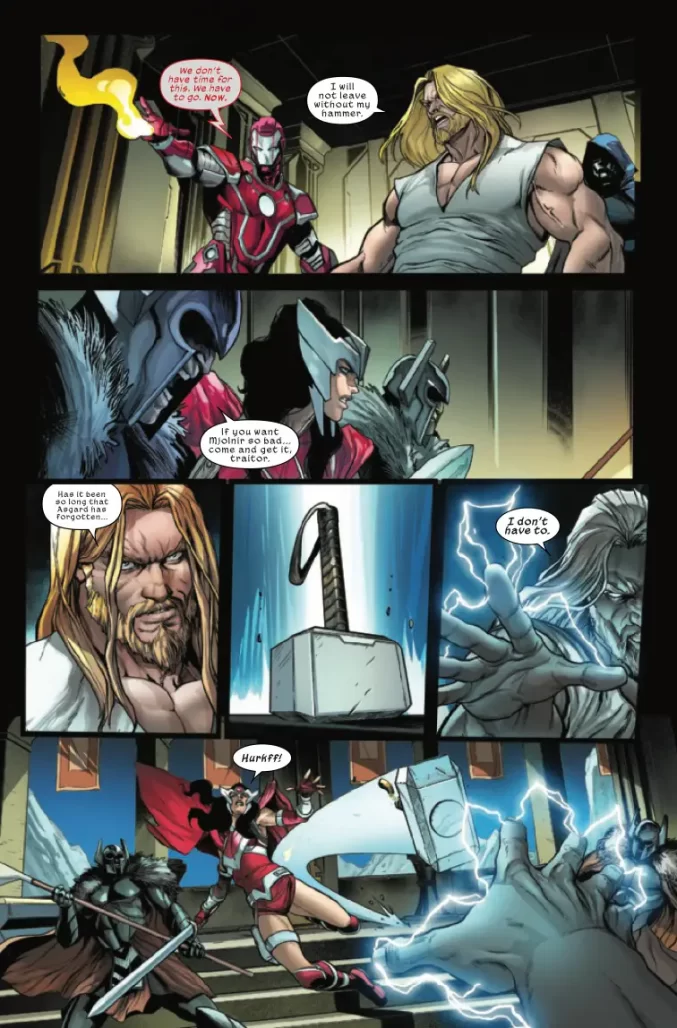
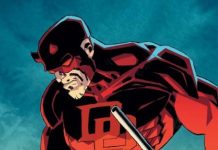
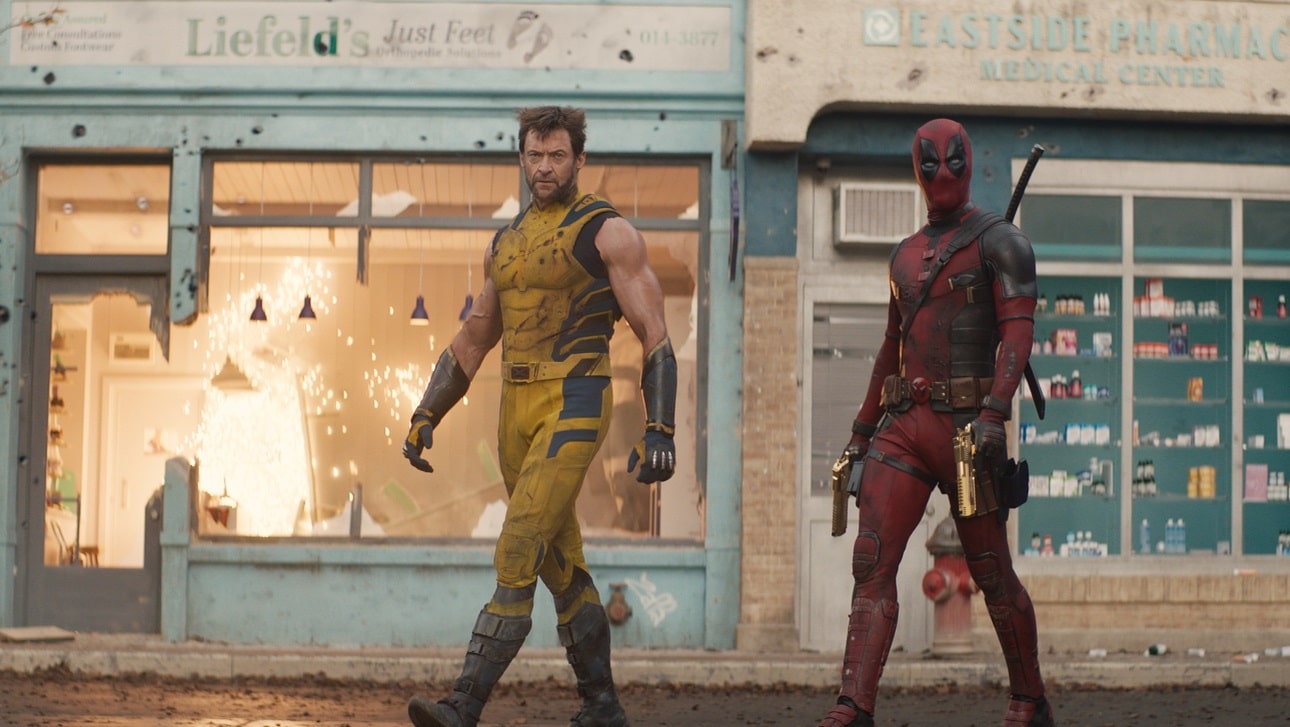
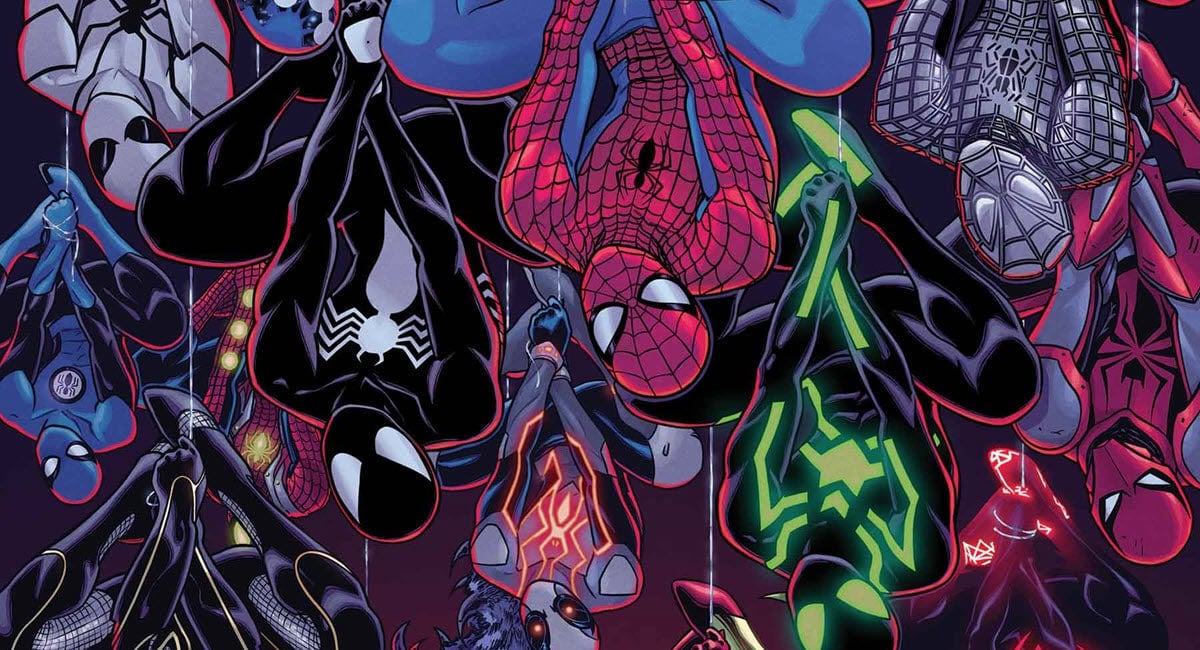


I really don’t get why they made Spider-Boy a thing. Love the new Ultimate Universe. I had bowed out of comics when the original Ultimate Universe was going strong. I re-entered just in time for end of it. Glad I’m back just in time for the new one. Really a huge fan of Hickman.
I don’t know why they made Spider-Boy a thing but I enjoyed the book. It is so clearly aimed at a younger audience that I think the reviewer completely missed the point or wanted just another Spider-Man comic. You’re meant to give it to a kid who would enjoy watching a 10 year old spider child fight a guy with a bowling ball for a head. It’s meant to be goofy and not take itself seriously. Pathos has no place in this comic (for now).
Comments are closed.